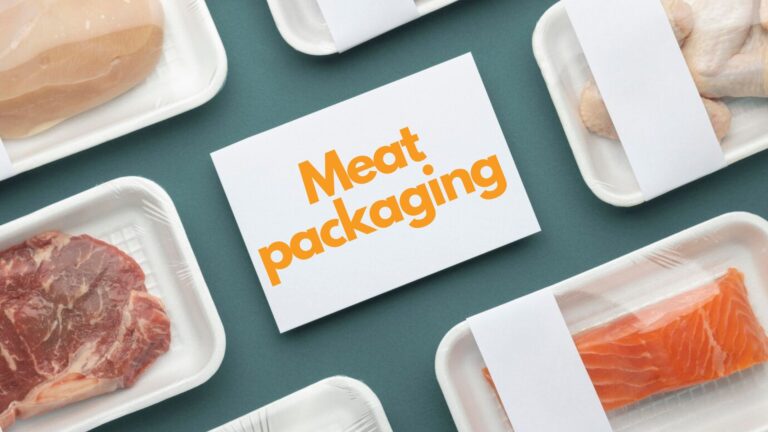The packaging of meat products serves as a crucial interface between producers and consumers, ensuring the preservation of quality, safety, and integrity throughout the supply chain. In recent years, advancements in packaging technologies have revolutionized the meat industry, offering innovative solutions to mitigate spoilage, extend shelf life, and enhance overall consumer experience.
This article aims to delve into the intricate relationship between packaging and meat product quality, exploring various packaging methods, their impact on preservation parameters, consumer preferences, and the ever-evolving regulatory landscape. By dissecting the nuances of packaging for meat products, we can navigate towards sustainable, efficient, and consumer-centric solutions that meet the demands of a dynamic market while upholding the highest standards of safety and quality assurance.
Impact of Packaging on Meat Product Quality
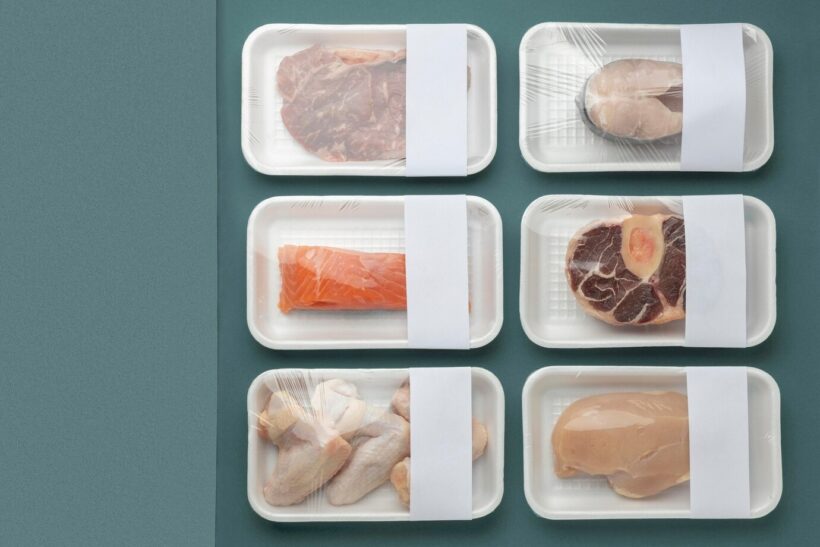
The impact of packaging on the quality of meat products is multifaceted and essential for ensuring consumer satisfaction and safety. Packaging serves as a barrier against external factors such as oxygen, moisture, light, and microbial contamination, all of which can significantly affect the quality and safety of meat products.
For instance, oxygen exposure accelerates oxidative processes in meat, leading to lipid oxidation, off-flavor development, and discoloration. Vacuum packaging, which removes oxygen from the package, effectively mitigates these issues by creating an anaerobic environment, thereby extending the product’s shelf life and maintaining its color and flavor.
Modified atmosphere packaging (MAP) is another common method that involves adjusting the composition of gases within the package to slow down microbial growth and enzymatic reactions. By controlling the levels of oxygen, carbon dioxide, and nitrogen, MAP can tailor the packaging environment to the specific needs of different meat products, preserving their freshness and appearance.
Additionally, active packaging systems incorporate functional additives, such as antimicrobial agents or oxygen scavengers, directly into the packaging material. These additives interact with the product or surrounding atmosphere to inhibit microbial growth, delay oxidation, and enhance overall product quality.
Understanding the interplay between packaging materials, technologies, and meat quality parameters is crucial for selecting the most appropriate packaging solution for each product. By optimizing packaging design and materials, producers can prolong shelf life, reduce food waste, and meet consumer expectations for fresh, safe, and high-quality meat products.
Types of Packaging for Meat Products
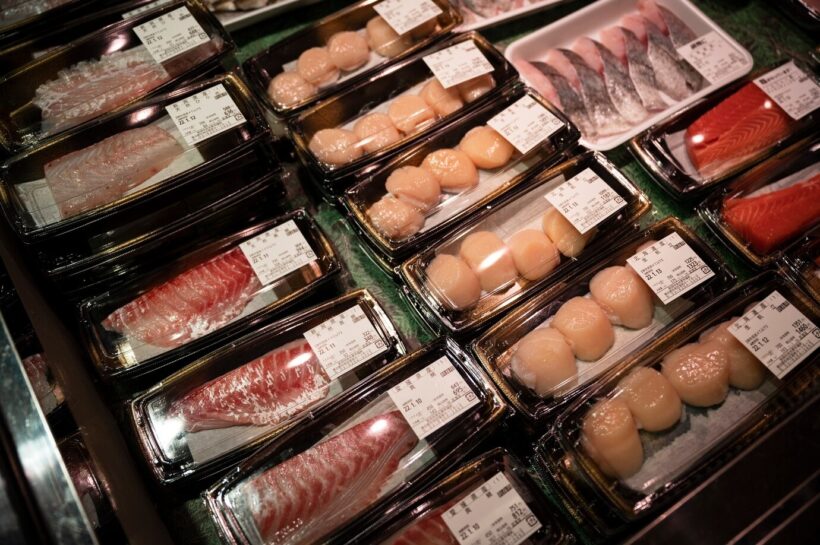
Several packaging methods are employed in the meat industry to ensure optimal preservation and presentation of meat products. Among these, vacuum packaging stands as a prominent technique, involving the removal of air from the package to create a vacuum environment. This method effectively inhibits microbial growth, slows down oxidative processes, and extends the product’s shelf life by preventing spoilage.
Modified atmosphere packaging (MAP) represents another widely utilized approach, wherein the composition of gases within the package is modified to enhance product preservation. By adjusting the levels of oxygen, carbon dioxide, and nitrogen, MAP can tailor the packaging atmosphere to the specific requirements of different meat products, controlling microbial growth and enzymatic activity.
Active packaging systems integrate functional additives directly into the packaging material, imparting antimicrobial, antioxidant, or moisture-absorbing properties to enhance product quality and safety. These additives interact with the product or surrounding environment, effectively extending shelf life and maintaining freshness.
Additionally, advancements in packaging technology have led to the development of intelligent packaging solutions, incorporating sensors or indicators to monitor product quality and safety throughout the supply chain. These innovative systems provide real-time data on temperature, gas composition, and microbial activity, allowing for proactive intervention to prevent spoilage and ensure product integrity.
Each type of packaging offers unique advantages and considerations, and the selection of the most suitable method depends on factors such as product characteristics, processing requirements, and consumer preferences. By leveraging these diverse packaging options, meat producers can optimize product quality, extend shelf life, and meet the stringent demands of today’s market.
Innovations in Meat Packaging
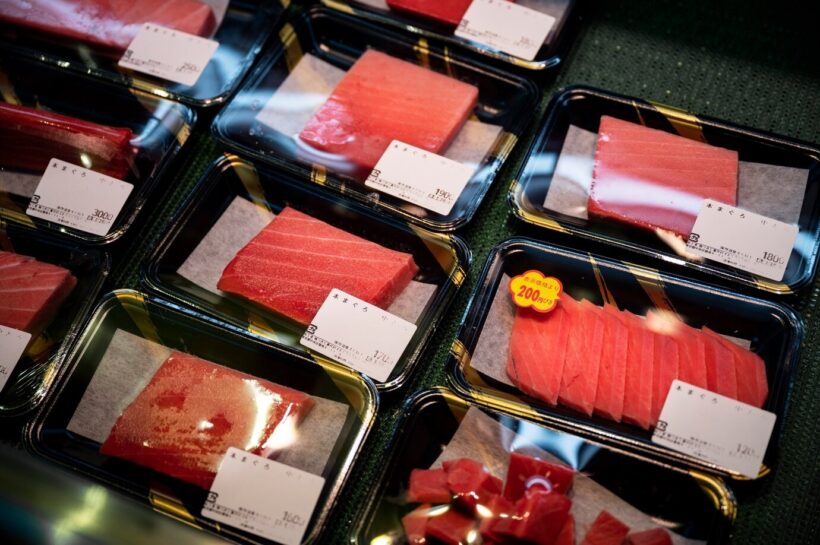
Recent years have witnessed remarkable advancements in meat packaging technology, driven by the need to enhance product safety, extend shelf life, and meet evolving consumer demands. One notable innovation is the development of antimicrobial packaging, which incorporates active agents such as organic acids, bacteriocins, or essential oils into the packaging material. These antimicrobial compounds inhibit the growth of pathogenic bacteria, thereby reducing the risk of foodborne illnesses and extending the product’s microbiological stability.
Another significant innovation is the emergence of smart packaging solutions, integrating sensors, indicators, and data logging systems directly into the packaging material. These intelligent systems enable real-time monitoring of critical parameters such as temperature, humidity, and gas composition, providing valuable insights into product freshness and safety throughout the supply chain. By leveraging this data, producers can implement timely interventions to prevent spoilage and ensure product quality.
Additionally, advancements in active packaging technology have led to the development of oxygen scavenging and moisture-absorbing materials, which actively interact with the product environment to prolong shelf life and maintain freshness. These active packaging systems offer a proactive approach to preserving meat quality, complementing traditional barrier-based packaging methods.
Furthermore, the integration of nanotechnology into meat packaging holds promise for enhancing barrier properties, antimicrobial efficacy, and mechanical strength. Nanocomposite materials with nanoparticles dispersed in polymer matrices exhibit improved gas barrier properties and antimicrobial activity, offering potential solutions for extending shelf life and enhancing product safety.
Overall, these innovations represent a paradigm shift in meat packaging, offering novel solutions to address challenges in food safety, quality assurance, and sustainability. By embracing these advancements, meat producers can differentiate their products in the market, meet regulatory requirements, and satisfy consumer expectations for safe, fresh, and high-quality meat products.
Consumer Preferences and Sustainability
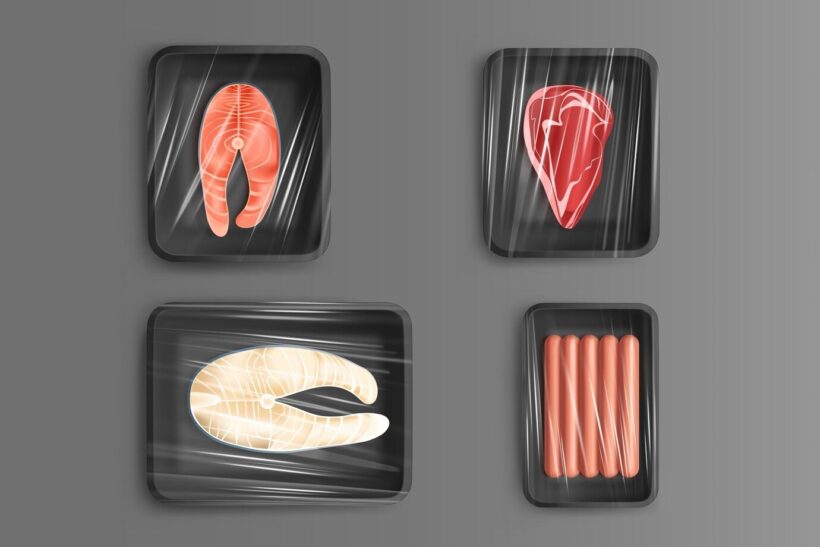
Consumer preferences play a pivotal role in shaping the landscape of meat packaging, with increasing emphasis on sustainability, transparency, and eco-friendliness. Today’s consumers are more conscientious about the environmental impact of packaging materials and seek options that minimize waste and promote recyclability. Sustainable packaging materials such as biodegradable films, compostable trays, and recyclable plastics are gaining traction as consumers prioritize products with minimal environmental footprint.
Moreover, transparency in labeling and product information is paramount, with consumers demanding clear and accurate labeling regarding the origin of meat products, production methods, and packaging materials. Labels indicating certifications such as organic, grass-fed, or cruelty-free resonate with consumers seeking ethically sourced and environmentally responsible options.
Furthermore, convenience remains a key consideration for consumers, driving demand for packaging solutions that offer ease of storage, handling, and disposal. Ready-to-cook packaging formats, portion-controlled packs, and resealable options align with consumer preferences for convenience and practicality.
In summary, understanding consumer preferences and aligning packaging strategies with sustainability goals is essential for meat producers to remain competitive in the market. By embracing eco-friendly materials, providing transparent product information, and prioritizing convenience, producers can meet the evolving needs of consumers while advancing sustainability initiatives across the meat industry.
Regulatory Considerations

In the realm of meat packaging, adherence to stringent regulatory standards is imperative to ensure product safety, quality, and compliance with legal requirements. Regulatory bodies, such as the Food and Drug Administration (FDA) in the United States or the European Food Safety Authority (EFSA) in Europe, establish guidelines and regulations governing packaging materials, labeling requirements, and safety standards.
Packaging materials must meet specific criteria regarding their suitability for direct contact with food, including considerations for migration limits of substances into food and potential health risks associated with packaging components. Compliance with these regulations necessitates thorough testing and evaluation of packaging materials to ensure they do not pose risks to consumer health.
Labeling requirements also play a crucial role in regulatory compliance, with regulations mandating clear and accurate labeling of meat products regarding their contents, nutritional information, allergen declarations, and expiration dates. Additionally, labeling regulations may require specific information regarding the packaging material’s recyclability or disposal instructions to promote environmental sustainability.
Furthermore, regulations pertaining to food safety management systems, such as Hazard Analysis and Critical Control Points (HACCP), impose additional requirements on meat packaging facilities to implement robust quality assurance measures and ensure the safety of packaged products.
Overall, navigating the complex landscape of regulatory considerations in meat packaging requires meticulous attention to detail and adherence to established standards to uphold consumer trust, mitigate legal risks, and maintain regulatory compliance.
In conclusion, the selection of appropriate packaging for meat products is a multifaceted process that requires careful consideration of quality, safety, sustainability, and regulatory compliance. Advancements in packaging technology offer a diverse array of options, from vacuum packaging to smart packaging systems, each with unique benefits and challenges.
By leveraging innovations such as antimicrobial packaging and sustainable materials, meat producers can enhance product quality, extend shelf life, and meet consumer expectations for safe and environmentally responsible products. However, navigating the regulatory landscape remains crucial, with adherence to stringent standards ensuring legal compliance and consumer trust.
Moving forward, continued research and collaboration across the industry will drive further innovations in meat packaging, enabling producers to address emerging challenges and deliver superior products to the market.

